By Laurine Chiarini
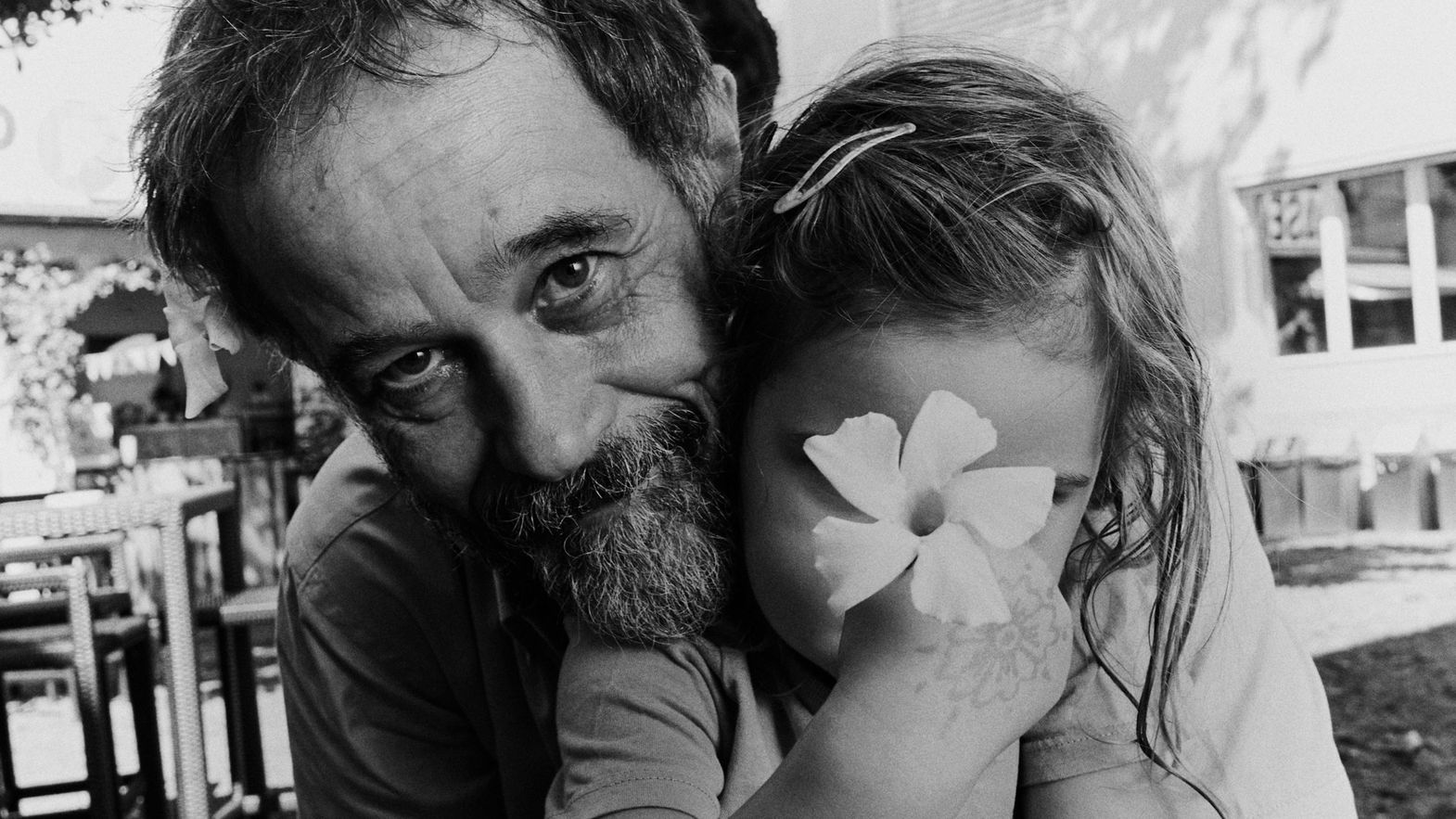 ©Davide Padovan
©Davide Padovan
As an artist, Barras carries on the legacy of the Swiss environmental and human rights activist Bruno Manser, who lived with the Penan tribe in Malaysia from 1984 to 1990 and whose disappearance in May 2000 remains a mystery to date. When we spoke by phone, Barras, the recipient of the 2024 Locarno Kids Award La Mobiliare, explained to me how his new film Sauvages (2024), depicting the struggle of the native Penan people against the logging companies in the Bornean jungle, draws inspiration from his family’s mountain farming background, why orphans always make for epic characters, and how to optimize a puppet’s movements when you can film only four seconds each day.
It is also worth keeping in mind that making an animated film is always a human adventure that lasts several years of your life.
Laurine Chiarini: Sauvages was shot in Martigny, in the canton of Valais. You could say it’s helping to “put Valais on the map”, at least for fans of stop-motion animation. How was it to work in Switzerland with an international team?
Claude Barras: I had the idea for another stop-motion film, with a vision of craftmanship on a relatively low budget, right after My Life as a Courgette (Ma vie de Courgette, 2016), which was a Swiss-French co-production. Even with a comparatively lower budget than filmmakers like Tim Burton or Wes Anderson, it was still necessary to gather support from two or three countries for production. It is also worth keeping in mind that making an animated film is always a human adventure that lasts several years of your life. For the filming of Sauvages, the idea was to bring the team together in Switzerland, including young talents of Swiss animation, so that while working, they could also discover the region. Housing 50 people on the shores of Lac Léman was too complicated, and I wanted to spend time again in the Valais of my childhood. This was an opportunity to combine business with pleasure. While working on this film, we would hike in the mountains, which the young animators greatly appreciated, even though they were used to a more urban environment. Despite certain cultural differences, I have to say that the atmosphere was great – very family-like.
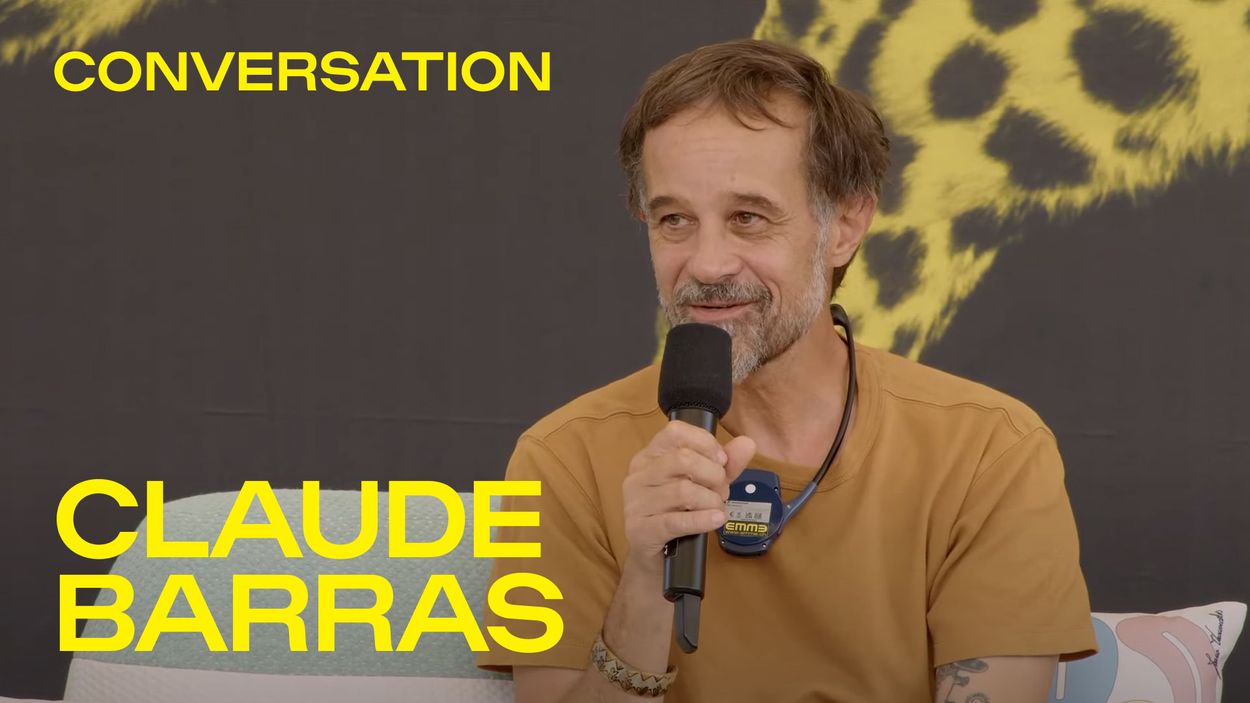
LC: Stop-motion requires significant energy and resources. What drew you to this technique over drawing or computer graphics?
CB: About 20 years ago, I completed a postgraduate course in computer graphics at ECAL [École cantonale d'art de Lausanne], which I found very interesting. I then worked as a technician and modeler on Max & Co (2007), and realized that I prefer working with physical materials, dealing with reality, and looking people in the eye rather than through a screen. I come from a family of mountain farmers who lived in a village in Valais. The connection to reality, nature, and the concrete world is reflected in this hand-crafted practice of stop-motion, as well as in the community that forms on set when the entire team is gathered around the puppets. We think together and solve problems together. Stop-motion allows us to bring animation into the realm of reality with a real set, puppets, and animators, a bit like filming with actors.
LC: Once filming is finished, what happens to the puppets and sets?
CB: It depends. The puppets from Courgette were mostly donated to the Cinémathèque suisse, the national film archive. The rest was distributed to the producers for workshops or events. For Sauvages, a part of the sets, intended for a local exhibition, was stored at the filming location. The puppets are partly in Geneva, and the rest are distributed among various producers in Belgium, Switzerland, and France, since the film will be released simultaneously in these three countries in October. They will be used for promotional purposes by the animators, lighting technicians, and myself to present the film to the public.
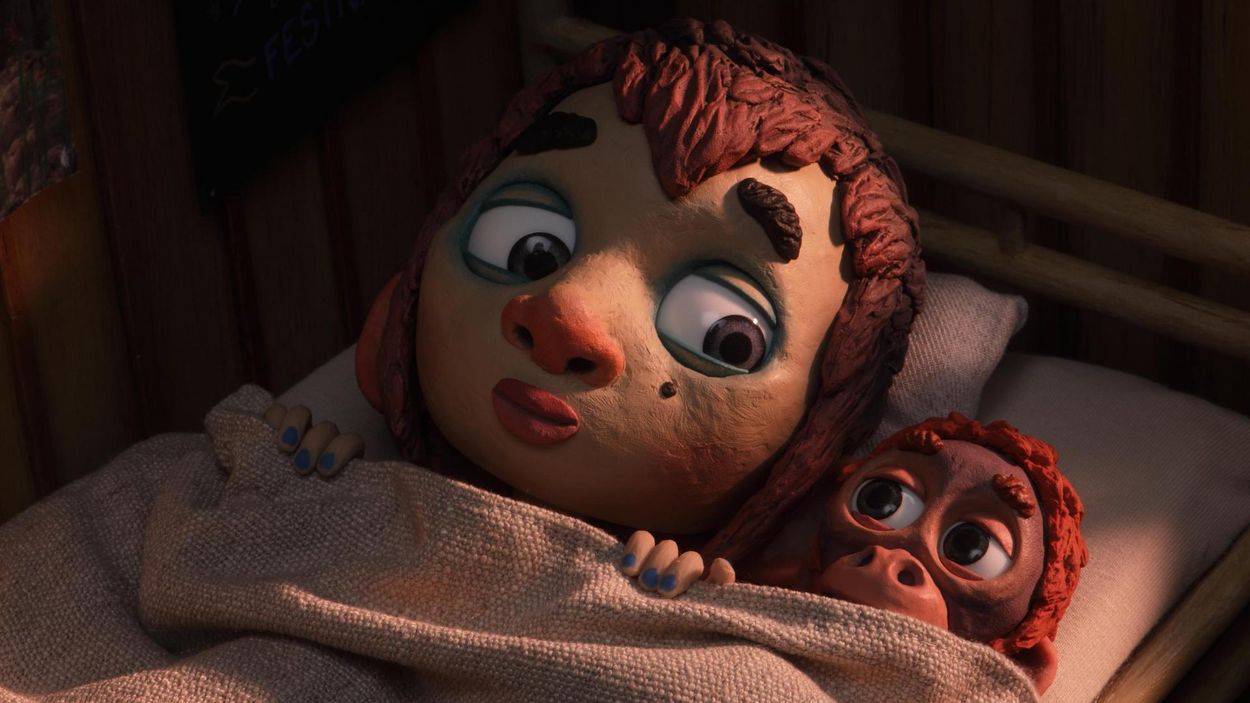
LC: What are the most challenging aspects of managing the production of a stop-motion feature film?
CB: The main challenge was to make the production sustainable, circular, and as eco-friendly as possible. Unfortunately, the biggest ecological impact of a film remains its distribution, with the audience traveling to the screening venues. We can’t escape that. Going fully digital with online distribution isn’t much better due to the energy required by the servers [for streaming]. Eliminating screenings would be pointless for many reasons. Sustainability is a concern for us, and we sought various solutions at our level, where we could act. The wood and most materials we use are recyclable. We worked with local companies with sustainable certifications. We tried to avoid polluting materials as much as possible: the trees are made of papier-mâché, not plastic. For the puppets, whose fabrication requires specific techniques, it was not possible to completely eliminate epoxy glue and silicone. But that only represents a few dozen kilos for hundreds of puppets, so it’s acceptable. Once shooting is over, the silicone molds are shredded and recycled. The wood and fabrics were auctioned off at low prices or sent to resource centers, mostly in Sion, in Valais. We did our best within our means, but even after years of intense reflection on these ideas, it’s impossible to be perfect.
I like the idea of leaving something behind for the next generation, much like Swiss activist Bruno Manser did with his fight to protect the rainforest, by questioning the world.
LC: You are not just showing the film in Locarno but also being awarded the Locarno Kids Award la Mobiliare, which is always given to an inspiring film personality for a young audience. Given the almost educational aspect of Sauvages, did you specifically have children in mind as a target audience?
CB: As a young father and a global citizen cohabiting with other living beings, I aim to address a broad audience. I like the idea of leaving something behind for the next generation, much like Swiss activist Bruno Manser did with his fight to protect the rainforest, by questioning the world.
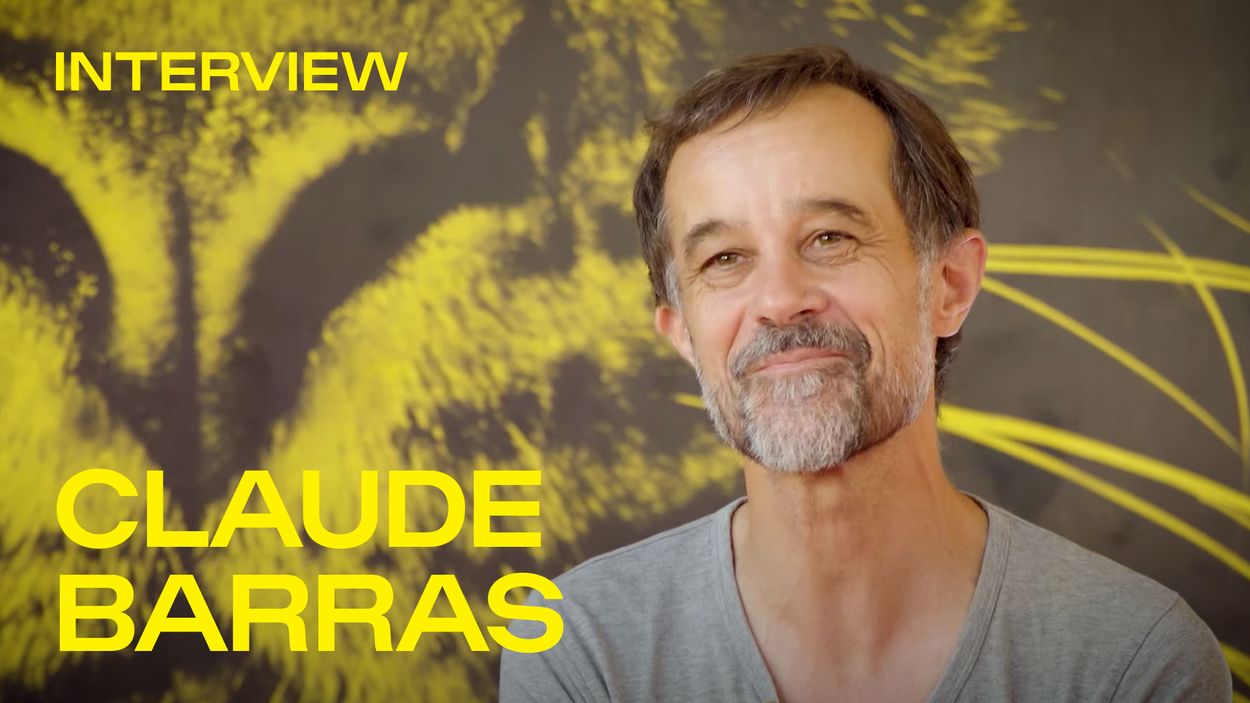
LC: How many animators do you have on the team? And how do you maintain continuity with images shot simultaneously but not always in chronological order, by different people and in different conditions?
CB: The team consisted of 10 animators, who took turns over the 10 months of filming, as well as three assistants. The latter prepare the set, run tests, and can shoot simple scenes. The lead animator does not animate but defines the style, briefs the animators with me, and gives direction to the actors. Ensuring continuity in the final images requires a lot of preparation. The final voices are recorded facing only a storyboard, with placeholder sound effects and ambiance, which are not yet final. This way, the editing is practically established before filming begins. When possible, scenes are still shot in chronological order, which allows us to save time. Animators do not have specific characters assigned to them; everyone works on all the characters.
The lead animator is the key person who ensures consistency across all of it. With him, we created a character bible, with a script for each of the characters. This required us to conduct tests with 15 to 20 positions for each character: for example, this one takes one-centimeter steps when walking. His eyebrows, mouth, and eyelids are in certain positions when he is angry, when he smiles, et cetera. This “artistic bible” serves as a guideline for the animators, who then interpret it and film about four seconds of screen time each per day. The emotional sequences are the ones that require the most precision. Antony Elworthy, the lead animator, ensured that each animator could also contribute to directing the sequences. It was a great way to give them freedom and allow their creativity to flourish. When you know your animators very well, you can spot variations from one sequence to another – and that’s good! – but they still remain consistent overall.
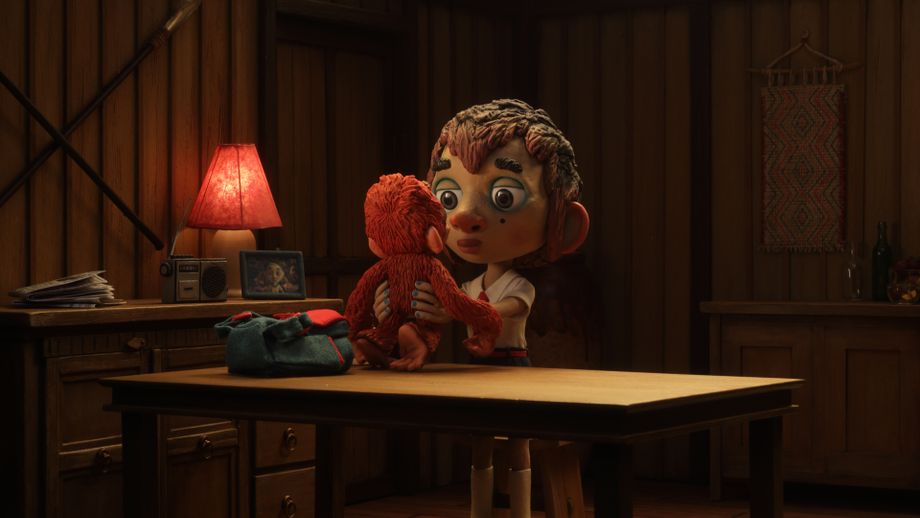
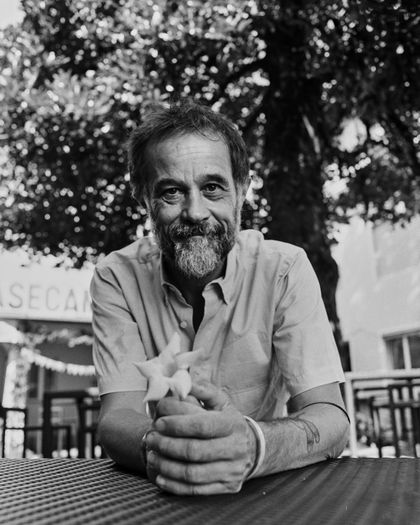
LC: In other stop-motion films, such as the Wallace and Gromit series, some characters do not speak because making them speak would require too much time and resources. In your films, all the characters speak. Does this add a lot of complexity to your work?
CB: For My Life as a Courgette, we developed a system of magnetic mouths that attach to the characters’ faces, which we have since perfected and reused. This process is much faster than reshaping the mouth for each new syllable or using mechanical mouths. We conducted tests to determine the minimum number of mouths needed to make the characters speak and offer a range of expressions: we had 21 mouths for the main characters and 12 for the secondary ones. Naturally, the fewer mouths there are, the faster the work, as the choice is reduced. Due to technical and time constraints, we decided which scenes would require 12 mouths for the main characters, and which would need 21. We maintained a certain level of complexity for the shots that required it, and less for wide or transition shots. The voices of the actors already suggest half of a character. They give them momentum and breathe life into them. We managed to convince the producers to record the voices in advance, even though it was significantly more expensive. When you add the voices after filming, expressiveness and quality are lost. Recording in advance allows us to work on the staging before filming, and then edit the film with the final voices. This also helps find a good balance between silent glances and vocal expressiveness.
LC: You mentioned Bruno Manser’s story as an inspiration. Is the character of Jeanne also inspired by figures like [English zoologist] Jane Goodall or [American primatologist] Dian Fossey?
CB: Jeanne is, indeed, a blend of Bruno Manser, Jane Goodall, and Dian Fossey – three figures who greatly inspired me as a child and teenager. She is also inspired by Laetitia Dosch, who lends her voice to the character and is herself interested in living things and constructive ecology. In the 1980s, ecology was already a much-discussed topic, before neoliberal lobbies made environmentalists seem like dreamers who opposed human development and comfort. This fight was already present and urgent when I was 10 or 15 years old; I was very engaged, outraged by political inaction and conflicts of interest that destroy the world. Sauvages is deeply rooted in my own farming background, a world that has changed significantly since my grandparents’ time. Today, it is the way we produce our food that has the biggest impact on the climate. All of this opened my eyes and motivated me to fight, which is, in turn, one of the driving forces behind the film.
LC: Did the Penan people you met know about stop-motion animation? How do they perceive this technique?
CB: When I visited the Penan people in the Bornean jungle, I showed them a small segment of My Life as a Courgette on a computer, translated by a guide from the Bruno Manser Fund, with whom I was travelling. For the Penan, stop-motion figurines are similar to sculptures they make from crystallized tree resin, and which they sometimes burn for their prayers – a tradition that inspired the scene where the grandfather tells his granddaughter Kéria the story of the panther as a way to explain her origins. This aspect touches me because the puppets [we use] are themselves a shamanic transfer of our emotions. Cinema has very ancient roots. It’s almost like people gathered in a cave with a fire that illuminates drawings on the walls, where one can listen to stories as you look at them. The Chauvet Cave has drawings that resemble animation sequences, with an artistic analysis of the movement of horses, for example. The Penan also make miniature objects as toys for children. We involved them in the making of the props: some of the characters’ tiny backpacks and blowpipes are made by them.

LC: In the film, Kéria, the little city girl who reconnects with her roots to support her family’s fight against the loggers in the jungle, and the baby orangutan Oshi she is looking after, are both orphans. One cannot help but think of Courgette, whose strength was also born from adversity.
CB: In working on children’s films, the figure of the orphan has inspired me a lot. Whether we are adults or children, we all share a fear of abandonment. An orphan who must overcome difficulties to find love, trust, and a family is an interesting archetype. As a child, I loved Heidi and Bambi: these are orphaned heroes whose stories have influenced the ones that I tell to children today in my films. During my research process, I attended conferences at the UN: in non-democratic countries, climate activists are in greater danger than political ones. They face militias and neoliberal forces much more powerful than their own organizations or groups. There is an element of violence that Kéria will encounter when she discovers the secret about her family.
LC: Linguistically, the film transitions between the unsubtitled Penan language and Jeanne’s “Vaudois” dialect, a local French-Swiss touch that stands out in the Bornean jungle. Can these effects and the contrast of the local expressions be preserved in the dubbing?
CB: Dubbing will definitely be one of our big challenges. We have conducted tests: in principle, it will be possible to keep the Penan parts as they are and only dub the French dialogue – some slight mismatching is acceptable to us. For now, we will test dubbing the French parts into German and English, selecting actors with voices as similar as possible to those of the original version. However, a change in language also represents a radical change in tone. Another option is to have all of one character’s dialogues dubbed by the same actor, who would phonetically mimic the Penan parts. The idea is to convey that we are in an “exotic” country, while immersing the audience in a reality that feels familiar to them. At the same time, it’s important to maintain a balance between keeping a distance from the wild world and bringing the characters closer to the viewers.
LC: In the city, Selaï, who comes from the tropical forest, is called a savage. Kéria’s father refers to the destructive lumberjacks as savages. The connotation of this word varies depending on who is using it and whom it targets. Could all of us be considered “savage” to someone?
CB: Absolutely: we are all someone else’s “savage”. Initially, the film’s title had an exclamation mark, then a question mark, before we decided that emphasizing the ambiguity of the word wasn’t necessary, as it is highlighted enough in the dialogue. In our society, intellectual tools and world knowledge come from science, in a system we are all part of. We have knowledge about ourselves, other living beings, and the impact we have on the world. It’s very interesting: with the power of knowledge, it’s possible to reach a turning point. The knowledge we acquire allows us to reconcile with nature, which provides us with air to breathe and water to drink.
I was very hesitant to show a mobile phone in the film, but we couldn’t overlook it because younger generations are fully immersed in this technology; we can’t just tell them it’s wrong. We need to engage with these technologies creatively, to inspire hope for the world as it will be in 10 or 20 years’ time.
LC: As Kéria learns about her ancestors’ traditions, she reconnects with her roots. Is this an encouragement to look back at our past to better understand the future?
CB: I have read quite a few philosophers of life, such as Baptiste Morizot and Vinciane Despret. It is not about condemning modernity or glorifying the past, but seeing how the two intersect and can create something new. Modernity encompasses both the destruction of the world as well as respect and tolerance. We need to approach this in a less black-and-white manner and find a balance between them. However, it’s true that over the past 50 years, we have experienced a period where modernity has aimed to render all past traditions outdated and obsolete in favor of the race for speed, innovation, and technological disruption. This idea of infinite growth must eventually come to an end, I hope, although we don’t yet know when or how. If the transition doesn’t occur in a conscious and coordinated manner, it will be far less pleasant for everybody.
LC: In the film, the mobile phone is both ridiculed and shown as a useful tool for exposing the actions of logging companies. Is raising awareness among young people about ecology and biodiversity necessarily tied to new technologies?
CB: At some point, Jeanne says she doesn’t have a mobile phone because “it’s the devil.” I have a mobile phone and a computer: I wish I could disconnect from the digital world, but I realize we live in a society where it would be difficult and pretentious to completely reject these tools. Even though they are designed to make us captive and can be misused, the idea is to show that they can also be repurposed for resistance, advocacy, and staying connected with others who share the same fight. I was very hesitant to show a mobile phone in the film, but we couldn’t overlook it because younger generations are fully immersed in this technology; we can’t just tell them it’s wrong. We need to engage with these technologies creatively, to inspire hope for the world as it will be in 10 or 20 years’ time.
LC: And finally, what can we wish for Sauvages?
CB: We hope for a wonderful screening of the film at the Piazza Grande – without rain or a storm, it’s one of the most beautiful places to showcase a movie! We also wish for the film to be seen by as many people as possible, so its message can reach a broad audience. The release will be accompanied by an awareness campaign in collaboration with the Bruno Manser Fund, Greenpeace, and other organizations. They will each propose actions that viewers can support by making a donation or by changing their daily habits to reduce their environmental impact, for those who wish to perpetuate the film’s vision through concrete actions.